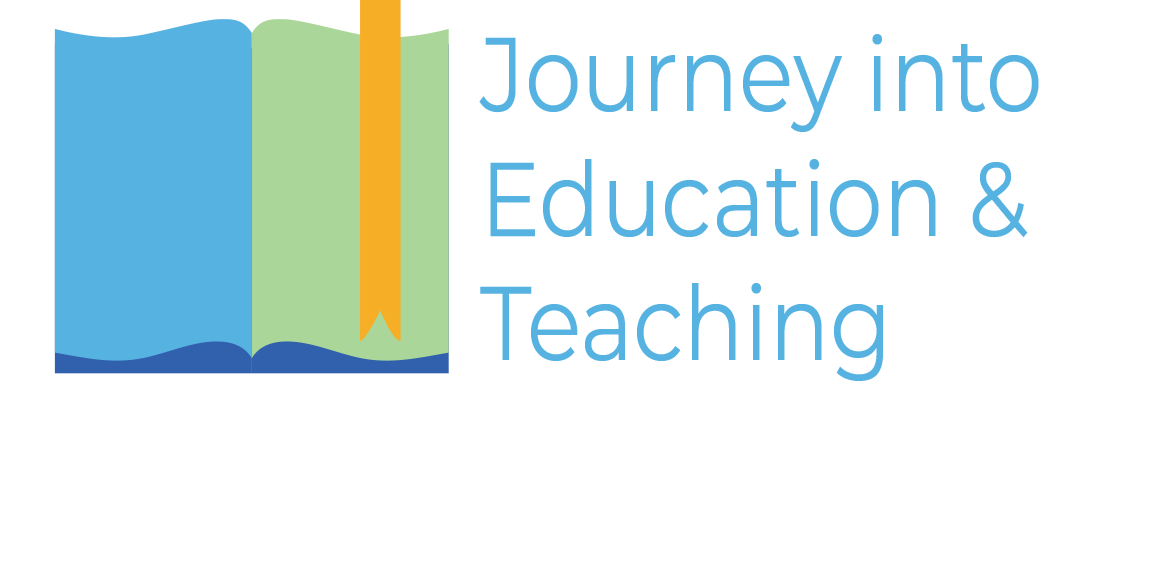Implicit Bias is JET December Seminar Topic
On December 15, 2018, we had our second JET seminar of the academic year. The topic of “Implicit Bias” was introduced by seminar faculty, Casel Walker. Aside from enjoying a holiday potluck and discussing ways in which JET can continue to grow and develop with the help of Janet Smith, the newly engaged outside Program Evaluator for JET, we spent much of our time discussing our own implicit biases and how they can manifest within an educational setting. Though this was only the first part of a series that will continue in February 2019, we felt as if two overarching themes emerged from this seminar: don’t judge a book by its cover; and the need to look inward in order to effectively teach.
Seeing the same exact thing or person in different ways
During the seminar, we did an activity where each participant was provided a piece of paper with a quote written on it. We were told not to show our papers to each other and to count the number of letter F’s that we each found in our quote. Each participant then stood in a separate section of the room determined by the number of F’s they counted in their quote. The result was four different groups scattered around the room. We then were informed that we all had the exact same quote on our pieces of paper, so how did we all count a different number of F’s? This activity was incredibly eye-opening and an indication towards the fact that people can see the same exact thing in so many different ways. After completing the activity, we all took a step back to think about how we possibly could have missed some of the F’s in the quote, surely we can all recognize a letter. Relating this simple activity and lesson back to real life, participants thought about and shared some examples of times where they find themselves “judging a book by its cover” so to speak - crossing the road when a man with a hoodie is walking towards you, avoiding a group of suspicious looking individuals in a parking lot, just to list a couple. Why do we act in this way just by looking at a person? In order to give every person a fair chance, whether that be in a classroom or just in everyday life, it is important that we are conscious of our own internal biases and think twice before acting on them. The rich discussion we had at this seminar, and will continue in February, is a great step to take in working towards recognizing your own biases.
Examining our Educational Bias in order to become more effective teachers
Educational bias is described as discrimination against a group of students within an educational setting (Linde, n.d.). For instance, this may be in the form of gender bias, where teachers treat one gender differently than another, or cultural bias where teachers teach people of different backgrounds differently. Our discussion in this portion of the seminar required us to examine how we are treating our students differently based on our own educational biases. When giving class jobs, are females doing more cleaning, while males are doing more lifting? Are the textbooks and other classroom materials reflecting only the stories of the majority group? It’s important to consider these questions as educators, for many reasons. First, doing so allows us to treat each student with the same level of respect, and provide high level of expectations for all students. Second, in order to become effective teachers, individuals must be able to understand ways in which the instructional materials may not be the best representation of reality. If we want to be culturally responsive teachers and meet our students’ needs and honor their backgrounds, we must use materials that do so. While these are only a couple of reasons highlighting the importance of understanding our own educational bias, they do show the significance of looking inward in order to become more effective teachers.
Linde, S. (n.d.). What is Educational Bias?- Definition & Types - Video & Lesson Transcript. Retrieved January 4, 2019, from http://study.com/academy/lesson/what-is-educational-bias definition-types.html

